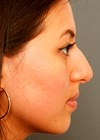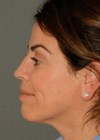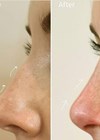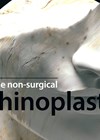The PMFA Journal team invited two world-renowned rhinoplasty surgeons to reflect on the importance of life-long learning in their chosen specialty.
The vital role of continuous surgical training in rhinoplasty
By Pietro Palma
Rhinoplasty can be a most rewarding operation for both the surgeon and the patient. However, it can also darken the life of both parties if the results are not to the patient’s satisfaction. The logarithmic growth of rhinoplasty over the past 20 years has transformed the status of rhinoplasty from a specialised operation into a cultural phenomenon with millions of operations per annum in all five continents. Amongst this ocean of surgical practice, the novice surgeon can be forgiven for not being able to determine which conference or course to attend in order to improve his or her own skills. A sturdy ship and several lifeboats must be available before the novice surgeon dares to venture into the tempest.
Let us be absolutely honest: rhinoplasty is a difficult operation that leaves very little margin for error. The learning curve is long, protracted, and not to be taken lightly. The plethora of websites, patient chatrooms, and the ubiquitous role of social media has made the life of the rhinoplasty surgeon increasingly difficult, if not at times, impossible. Confounding variables such as the downturn in the world economy, and competition to attract patients with various incentives have now muddied an already murky environment.
So, where should a novice surgeon begin in order to ensure patient safety and satisfaction, while delivering the extremely high standards of nasal and facial plastic surgery that patients have come to expect? Above all, surgeons are practical anatomists who apply the latest developments in the science of surgery to their clinical skills. The novice surgeon must start with a firm understanding of nasal anatomy by attending anatomical dissection courses. Although some artificial models provide basic information, nothing replaces the invaluable amount of information that can be gleaned from a dissection course, specifically on fresh, frozen specimens.
The second stage of development should include attendance at a recognised training fellowship programme, possibly with qualifying examinations at the end of the apprenticeship. However, a word of caution is necessary; completing a fellowship, and even passing examinations, does not guarantee success as a rhinoplasty surgeon. Once the surgeon has passed these steps, the entrance ticket to the ocean liner can be purchased. This is not a journey that can ever be considered to end or reach completion. Be prepared to be a student for life. Be prepared to be humbled by rhinoplasty.
At the beginning of the journey, the novice must realise his or her own limitations and learn to say “no” at regular intervals. Declining surgery for complex cases should not be seen as a sign of weakness, but the realisation that the patient’s best interest lies in seeing someone with perhaps a few more grey hairs. Step by step, the long learning curve mandates ongoing attendance at conferences, revision of anatomical knowledge and, importantly, seeking the assistance of senior surgeons through various mentorship programmes.
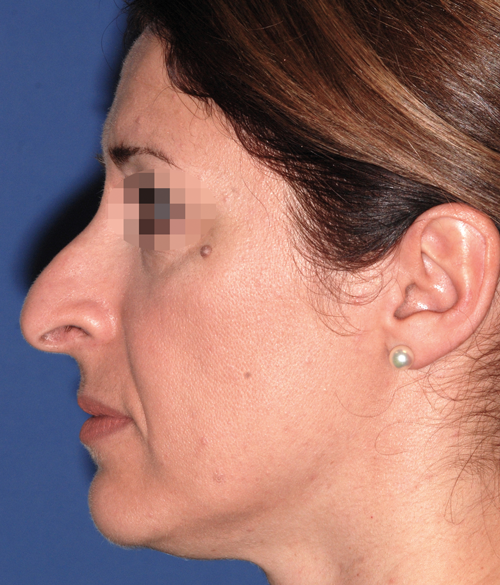
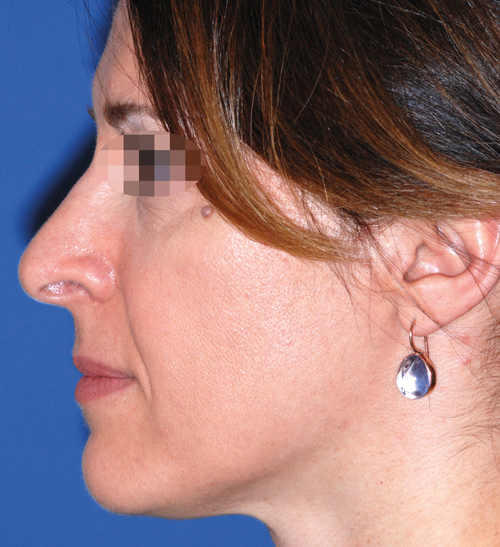
At present, the list of conferences offering advice on rhinoplasty has become so long that even listing them would create confusion and bewilderment. How should we decide on which conference to attend? The fundamental criteria for your choice should include the quality of the scientific programme, the calibre of the speakers, and the openness of the conference atmosphere. Any surgeon who has been defeated by rhinoplasty should provide examples of lessons learnt, and how difficulties were overcome. A conference that only offers superb photos of excellent results cannot be facing reality. Moreover, the function of a conference must go beyond mere academic education. These gatherings should create the supportive atmosphere necessary for junior surgeons to approach their seniors for teaching opportunities, and forge ties of friendship that are invaluable during times of trouble.
Further along the rhinoplasty surgeon’s path, the ability to teach must be nurtured. Teaching is not simply an inherent and obligatory part of surgical practice; it is also the means for learning, guiding the next generation, and improving patient outcomes. Teaching must remain at the core of the experienced surgeon’s practice and provide a two-way system of communication with younger colleagues.
At what stage can a senior, well-seasoned rhinoplasty surgeon state that he or she can no longer benefit from attending reputable conferences or teaching sessions? In short, never. The importance of life-long dedication to learning cannot be over-emphasised. At its heart, and in its current developmental phase, rhinoplasty is still in its infancy. Refusal to grow and learn are inherently anathema to the spirit of surgical progress. You might catch a glimpse of the distant shores, but will find, to your great dismay, that the mirage of the end of your voyage of discovery, will move further out of reach with each passing day.
Further reading
1. Most SP. The rhinoplasty clinical practice guideline. Neither a cookbook for, recipe of, nor reduction sauce of the complex art of rhinoplasty. Jama Facial Plast Surg 2017;19(2):85-6.
2. Layliev J, Gupta V, Kaoutzanis C, et al. Incidence and pre-operative risk factors for major complications in aesthetic rhinoplasty: analysis of 4978 patients. Aesthet Surg J 2017;37(7):757-67.
3. Palma P, Khodaei I. The dichotomy of rhinoplasty practice: from the conference floor to the operating room. Facial Plast Surg 2014;30:103-12.
4. Lee MK, Most SP. Evidence-based medicine: rhinoplasty. Facial Plast Surg Clin North Am 2015;23(3):303-12.
5. Palma P, Khodaei I, Vasilenko I. Aesthetic rhinoplasty as a surface-contour operation. From analysis to surgery. Personal concepts. Facial Plastic Surg 2016;32:587-98.
Rhinoplasty: a never-ending learning process
By Dirk J Menger
Rhinoplasty is the queen of plastic surgery. When considering the full spectrum of aesthetic surgical procedures the procedure is recognised to be the most difficult and challenging. I have dedicated my professional life to rhinoplasty, not only the surgical aspects, but also in teaching and training as Course Director of the International Course in Advanced Rhinoplasty Techniques in The Netherlands. As a frequent guest speaker at international meetings and congresses I also travel around the world to teach about new surgical techniques and philosophies in rhinoplasty.
This is important because the concept of rhinoplasty has evolved over the years. The techniques have changed from reduction of the nasal skeleton toward reallocation and reconstruction of the nasal framework. New types of nasal grafts have been introduced in order to deal with specific aesthetic or functional problems. Techniques are constantly refined and redesigned in order to get more control on the surgical outcome, to make the result more predictable and reliable, also in the long-term. Today the trend is to camouflage the new nasal skeletal framework with ultra-fine diced cartilage particles. This can be helpful to camouflage small irregularities of the skeleton that might otherwise be visible through the overlying soft tissue envelope, especially in patients with very thin skin.
Rhinoplasty however is more than a surgical procedure alone, it is also referred to as ‘psycho-surgery’. The rhinoplasty patient is different from regular patients. They require special attention during the consultation, the perioperative phase and the postoperative period. This too is a very important topic in teaching. How do you select your patients? What is the preoperative management? When to do revision surgery? These are all important questions for every rhinoplasty surgeon.
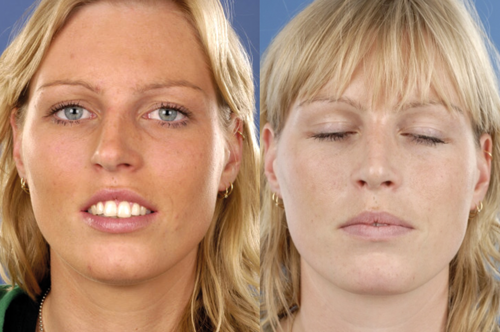
Continuous learning and training in rhinoplasty is essential in staying up-to-date with the latest surgical techniques and current available knowledge. In my opinion this is of paramount importance, not only for yourself as a surgeon but also for your patients. Without continuous learning, your patients will be less satisfied with your results in time.
Patients are less passive than in the past; they expect higher standards of care, more information about their treatment, more involvement in decisions about their care and they want access to the latest treatments. The expectations of the patient and the final result or experience should be in harmony. If the expectations are higher the patient is disappointed. However, if the experience is higher, the patient is pleasantly surprised. This can be achieved by informing the patient about the surgery and postoperative result correctly and at the same time by improving your surgical skills and knowledge.
COMMENTS ARE WELCOME


